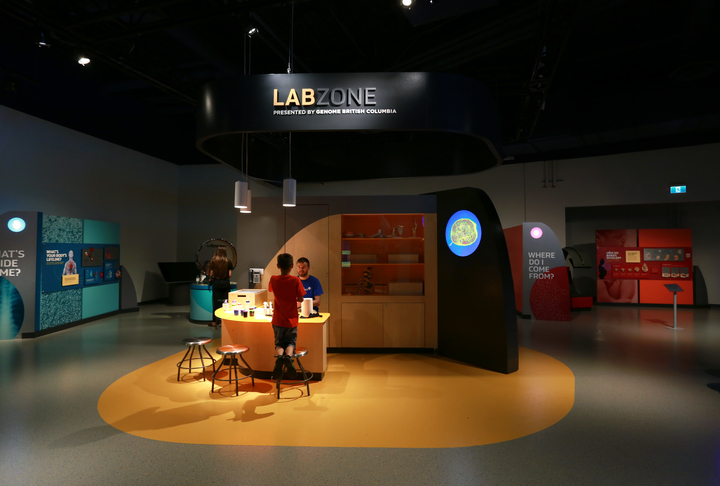Taste is truly a sensory bonanza, but is it totally limited to the tongue?
We know that some things affect taste, and having a cold is the most familiar example. We do not taste food as well when our heads are stuffy and our noses are clogged. Does that mean smell contributes as much or more to taste as the taste buds?
Researchers have found that when volunteers wore nose plugs, their sense of taste was less accurate and less intense than when they tasted the food without the nose plugs. Smell did appear to make a difference. However, nose plugs did not completely block all ability to taste. Because the nose and throat essentially share the same airway, chewing some foods allows aromas to get the nose through the back of the mouth even when the nostrils are closed.
Our sense of smell in responsible for about 80% of what we taste. Without our sense of smell, our sense of taste is limited to only five distinct sensations: sweet, salty, sour, bitter and the newly discovered “umami” or savory sensation. All other flavours that we experience come from smell. This is why, when our nose is blocked, as by a cold, most foods seem bland or tasteless. Also, our sense of smell becomes stronger when we are hungry.
